Distinguish between sustaining and disruptive technologies.
Sustaining innovations improve existing products for mainstream customers, while disruptive innovations create new markets with simpler, cheaper alternatives.

Book summary
by Clayton M. Christensen
When New Technologies Cause Great Firms to Fail
Why great companies fail when faced with disruptive technologies
Topics
To maximize your understanding of The Innovator's Dilemma, use Readever's AI highlights to identify key case studies and strategic frameworks. The contextual chat feature helps you apply Christensen's principles to your industry, while guided notes assist in developing actionable innovation strategies for your organization.
Things to know before reading
The Innovator's Dilemma reveals why successful companies often fail when confronted with disruptive technologies. Clayton Christensen's groundbreaking research shows that the very management practices that lead to business success—listening to customers, investing in continuous improvement, and focusing on profitability—can become liabilities when dealing with innovations that initially serve smaller, less profitable markets.
Christensen's research across multiple industries reveals consistent patterns in how market leaders miss disruptive opportunities.
Sustaining innovations improve existing products for mainstream customers, while disruptive innovations create new markets with simpler, cheaper alternatives.
The practices that make companies successful—listening to customers, focusing on profitability, and allocating resources efficiently—can blind them to disruptive threats.
Successful companies manage disruptive innovation by creating separate, independent organizations with their own processes and profit models.
Ready to continue? Launch the Readever reader and keep turning pages without paying a cent.
This summary gives you the framework to recognize disruptive threats early and build organizations that can respond effectively. You'll learn how to balance sustaining innovations that serve current customers with disruptive innovations that create future markets.
Key idea 1
Sustaining innovations improve existing products for mainstream customers, while disruptive innovations create new markets with simpler, cheaper alternatives.
Christensen's core insight is that companies excel at sustaining innovations—improving products for their best customers—but struggle with disruptive technologies that initially underperform on traditional metrics. Disruptive innovations typically start in niche markets, offering lower performance but greater convenience or affordability. Established firms dismiss them because they don't serve their most profitable customers, creating openings for new entrants.
Remember
Key idea 2
The practices that make companies successful—listening to customers, focusing on profitability, and allocating resources efficiently—can blind them to disruptive threats.
Successful companies develop resource allocation processes that systematically favor sustaining innovations over disruptive ones. When customers don't want the new technology and it offers lower margins, rational managers reject it. This creates the innovator's dilemma: doing everything right according to established business principles leads to missing the next wave of innovation.
Remember
Key idea 3
Successful companies manage disruptive innovation by creating separate, independent organizations with their own processes and profit models.
Companies that successfully navigate disruption typically create autonomous business units with different cost structures, performance metrics, and customer focus. These units can pursue disruptive opportunities without being constrained by the parent company's resource allocation processes. Examples include IBM creating its PC division separately from mainframe operations and Hewlett-Packard establishing its inkjet printer business apart from laser printers.
Remember
The Innovator's Dilemma examines why well-managed companies that listen to their customers and invest aggressively in new technologies still lose market leadership. Clayton Christensen's research across industries like disk drives, excavators, and steel manufacturing reveals consistent patterns of failure when disruptive technologies emerge.
The book introduces the theory of disruptive innovation, showing how technologies that initially underperform on traditional metrics can eventually overtake established products. Christensen demonstrates that the very management practices that drive success—focusing on profitability, listening to customers, and allocating resources efficiently—can prevent companies from recognizing and responding to disruptive threats.
Open Readever's reader to highlight passages, ask the AI companion questions, and keep exploring without paying a cent.
Christensen's work represents a paradigm shift in understanding business innovation and corporate failure. His rigorous research methodology, analyzing multiple industries over decades, provides compelling evidence for his theories. The book combines academic rigor with practical insights, making complex concepts accessible to managers and executives.
Critical Reception: The Innovator's Dilemma won the Global Business Book Award, was a finalist for the Financial Times/Goldman Sachs Business Book of the Year, and has been cited by business leaders including Steve Jobs, Andy Grove, and Jeff Bezos. The Economist called it "one of the most influential business books of all time," and it has shaped innovation strategy in companies worldwide.
Executives and managers in established companies facing technological change
Entrepreneurs developing disruptive technologies or business models
Investors evaluating companies in rapidly changing industries
Strategy consultants advising organizations on innovation and growth
Anyone interested in understanding why successful companies fail
Clayton M. Christensen was the Kim B. Clark Professor of Business Administration at Harvard Business School and one of the world's foremost experts on innovation and growth. Born in Salt Lake City, Utah in 1952, he earned his MBA from Harvard Business School in 1979 and later returned as a professor after working at Boston Consulting Group and co-founding several successful companies.
Christensen's research on disruptive innovation transformed how businesses approach technology and market change. Beyond The Innovator's Dilemma, he authored several influential books including The Innovator's Solution, How Will You Measure Your Life?, and Competing Against Luck. He received numerous awards for his teaching and research, and his work has influenced business strategy, public policy, and education reform worldwide.
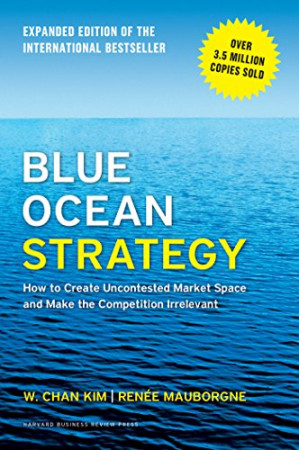
W. Chan Kim & Renée Mauborgne
Creating uncontested market space and making competition irrelevant

Michael E. Gerber
Transform from technician to entrepreneur by building systems
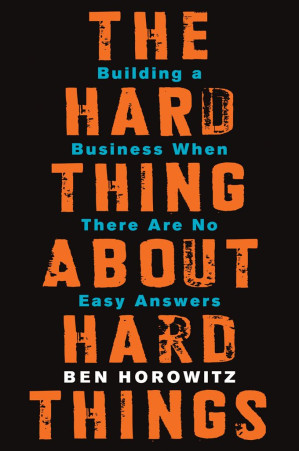
Ben Horowitz
Practical wisdom for navigating the toughest challenges in building companies
Build your personalized reading stack
Download full-length ePubs in one click with personal cloud storage.
Blend AI-guided insights with tactile note-taking to accelerate reflection.
Follow curated reading journeys tailored to your goals and time budget.
Sync highlights across devices so lessons stick beyond the page.
Sign in to Readever to keep reading with AI guidance, instant summaries, and synced notes.
The Innovator's Dilemma provides a powerful framework for understanding why market leaders fail and how to build organizations that can thrive through technological disruption. Christensen's insights remind us that success creates blind spots, and the practices that drive current performance can prevent adaptation to future opportunities. The book offers both a warning and a roadmap for navigating the complex relationship between innovation, management, and market leadership.
Add detailed content, analysis, and insights about The Innovator's Dilemma here.
This extended outline can capture critical concepts, practical applications, and deeper understanding from the book. Use this space to provide comprehensive notes that enhance the reading experience.
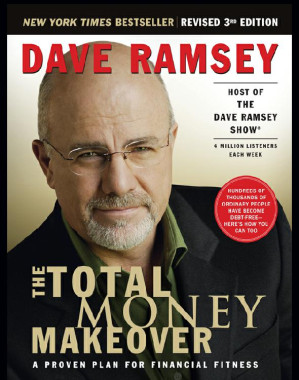
Dave Ramsey
Proven seven-step plan for debt elimination and fitness
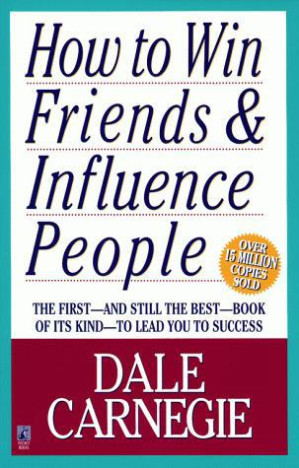
Dale Carnegie
Timeless guide to interpersonal skills and social influence
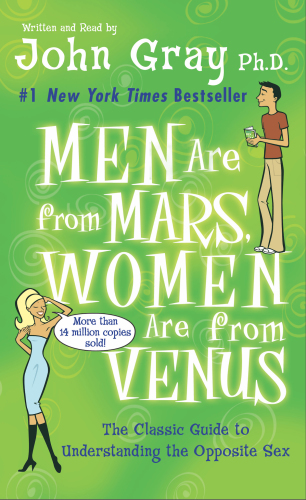
John Gray
Classic guide to understanding gender communication differences
Start reading The Innovator's Dilemma for free and unlock personalized book journeys with Readever.